You want to build a portfolio that gets you noticed as a data analyst. A data analysis portfolio lets you showcase your skills and creativity to recruiters. You don’t need years of experience or a stack of work samples to get started. Anyone can highlight their abilities by sharing real projects, dashboards, and insights.
Your portfolio is more powerful than your CV. A CV tells people what you’ve done. A portfolio shows them. When recruiters see visuals dashboards, SQL queries, reports, insights they’re not just reading titles… they’re seeing your thinking, process, and impact.
FineBI makes it easy to create and present your best work, even if you’re new to data analysis.
Data Analysis Portfolio: Define Portfolio Goals
Before you start building your data analysis portfolio, you need to get clear on your goals. This step helps you focus your efforts and make your portfolio stand out to the right people.
Identify Objectives
Think about what you want your data analysis portfolio to achieve. Are you hoping to land your first data analyst job, switch industries, or attract freelance clients? Your objectives shape the types of projects you include and the way you present your work. Many aspiring analysts use their portfolio to show problem-solving ability, technical skills, and business impact. You can also highlight originality by working with unique datasets, not just the ones everyone else uses. Clear context and documentation matter too. When you explain the problem, your process, and your solution, you help others see your thinking.
Here’s a quick look at common objectives for a data analyst portfolio:
| Objective | Description |
|---|---|
| Problem-Solving Ability | Show how you tackle complex data challenges. |
| Technical Skills | Demonstrate your ability to document and explain your code. |
| Business Impact | Highlight the real-world results of your analysis. |
| Originality | Use unique datasets to stand out. |
| Context and Documentation | Clearly define the problem and your solution. |
Choose objectives that match your career goals and let your projects reflect those priorities.
Know Your Audience
You want your portfolio to connect with the people who will review it. Think about your target audience. Are you aiming for hiring managers, recruiters, or potential clients? Each group looks for different things. Employers often want to see how you handle real data, communicate insights, and use tools like FineBI. Clients may care more about business results and clear visuals. When you know your audience, you can tailor your portfolio to meet their expectations. This approach helps you showcase the right skills and experience, making your data analysis portfolio more effective.
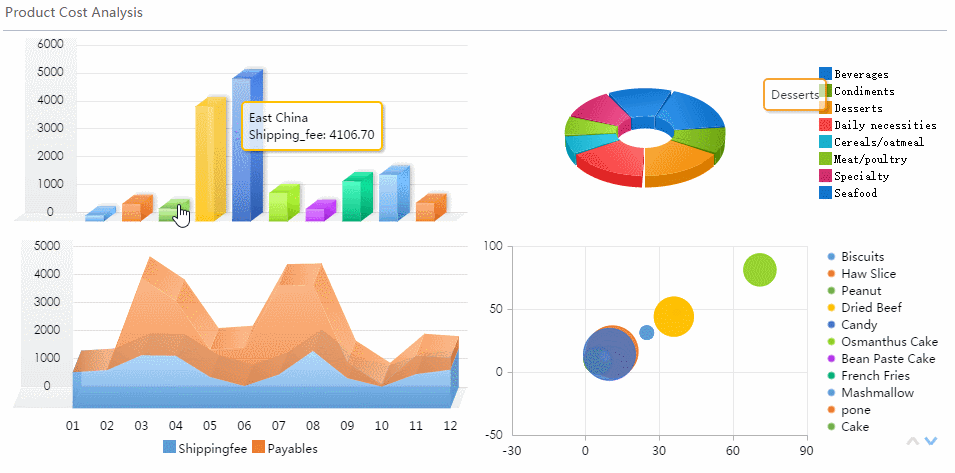
Data Analysis Portfolio: Choose a Platform to Build a Portfolio
Choosing the right platform for your data analysis portfolio can make a big difference in how your work gets noticed. You want a place that highlights your projects, shows your skills, and helps recruiters or clients see your value as a data analyst.
Platform Options
You have several options when it comes to hosting your portfolio. Each platform has its own strengths, so think about what fits your goals and experience best.
- GitHub: Great for sharing code, scripts, and notebooks. Many recruiters check GitHub profiles to see real projects and technical skills.
- Tableau Public: Lets you publish interactive dashboards and visualizations. It’s popular for showing off data storytelling.
- Kaggle: Offers a large community and is perfect for sharing data analysis projects and visualizations.
- WordPress: Helps you build a professional website with custom pages for your portfolio.
- Power BI: Useful for interactive reports and business-focused dashboards.
- Looker Studio: Good for collaboration and sharing dashboards.
- Slideshare: Works well for presenting your projects in a slide format.
Some recruiters focus on GitHub, while others prefer a personal website with well-crafted project pages. GitHub also boosts your visibility because it ranks high in search engines, making it easier for people to find your data analysis portfolio.
Tip: When choosing a platform, start with a clear business problem for each project. This helps you tell a compelling story and shows your problem-solving skills.
Using FineBI for Your Portfolio
FineBI stands out if you want to showcase interactive dashboards and visualizations in your data analysis portfolio. You can connect to many data sources, clean and prepare your data, and build dashboards with a simple drag-and-drop interface. FineBI makes it easy for you to present your projects, even if you do not have much coding experience. You can highlight your skills in data integration, analysis, and visualization—all in one place.
To set up a professional online presence, organize your portfolio so each project has a clear description, visuals, and a summary of your results. Use FineBI to create dashboards that are easy to share and update. This approach helps you demonstrate your data skills and keeps your portfolio fresh as you add new projects.
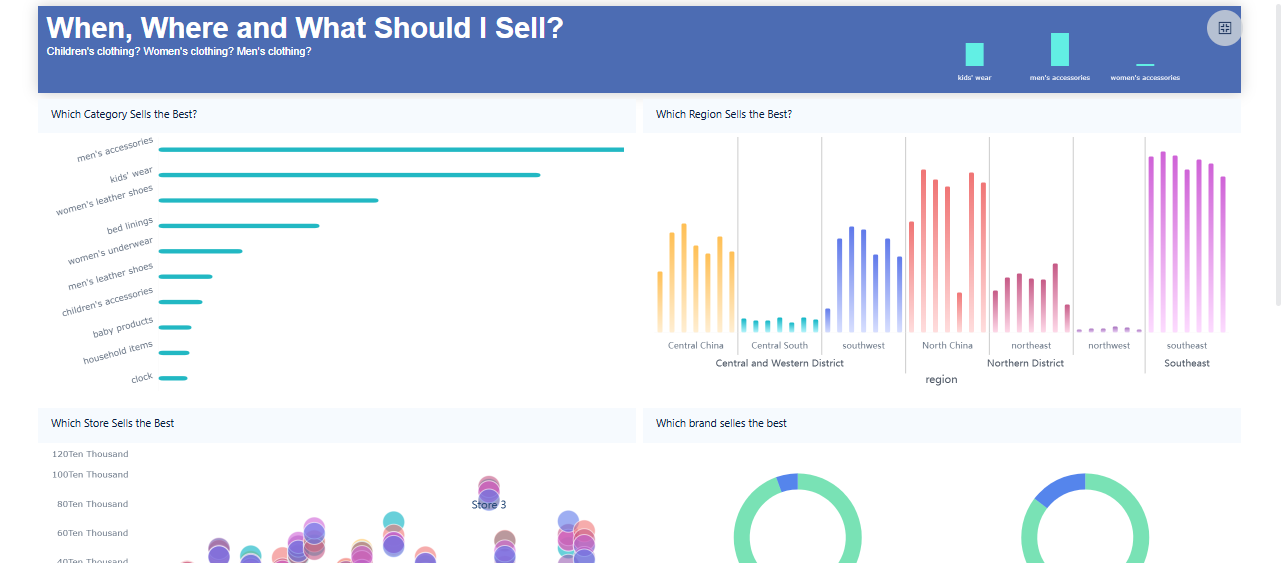
Select Projects for Your Data Analysis Portfolio
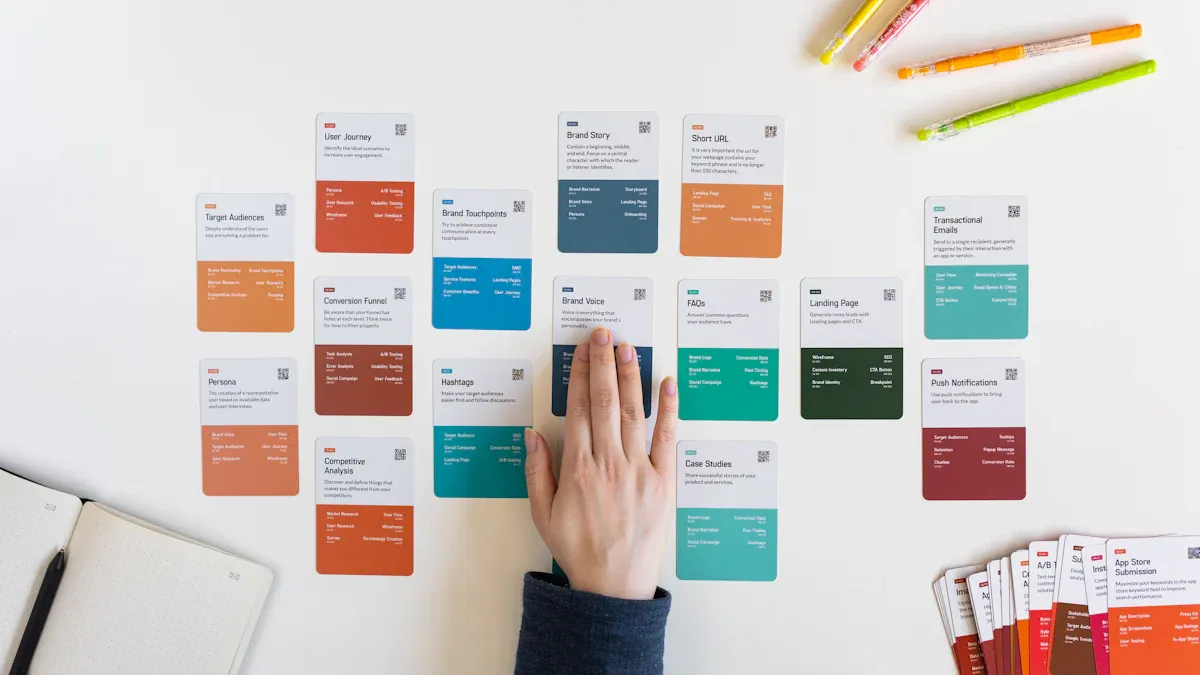
Choosing the right projects is the heart of your data analyst portfolio. The projects you select will show your skills, your interests, and your ability to solve real-world problems. You do not need years of experience to build a strong portfolio. You just need to pick projects that highlight your growth and your approach to data.
Project Types for Your Data Analysis Portfolio
When you select your projects, variety matters. A well-rounded data analyst portfolio includes different types of projects to show your range and adaptability. Here are some common types you can include:
- Personal projects: These are projects you create based on your own interests or questions. Maybe you analyze your favorite sports team’s stats or track local weather patterns.
- Open-source projects: Contribute to community data analysis projects or join collaborative efforts on platforms like GitHub or Kaggle.
- FineBI dashboards: Build interactive dashboards using FineBI to demonstrate your ability to connect, process, and visualize data.
- Industry-specific projects: Tailor your projects to industries you want to work in, such as finance, healthcare, or marketing.
- End-to-end projects: Take a dataset from raw form to final insights, showing every step from cleaning to visualization.
A strong data analyst portfolio proves you can handle the full data workflow. You want to show that you can process data, find insights, and communicate results. Employers love to see hands-on projects because they bridge the gap between theory and practice. When you work on end-to-end projects, you build practical skills and show you can deliver impactful solutions.
You can use this approach to select your projects:
- Assess your current skill level and choose projects that match.
- Look at job descriptions to find out which skills are in demand.
- Research trends in the industry to pick relevant projects.
- Align your projects with your interests and career goals.
- Start with simple projects and move to more complex ones as you grow.
- Diversify your portfolio by including projects from different industries.
If you want to tailor your data analyst portfolio to a specific field, focus on industry datasets. For example, use financial data for finance roles or healthcare data for healthcare jobs. Here’s a quick table to help you match industries with relevant projects:
| Industry | Relevant Projects |
|---|---|
| Finance | Stock market analysis, loan default prediction, transaction analysis |
| Marketing | Customer segmentation, campaign performance, social media sentiment |
| Healthcare | Patient readmission rates, disease outbreak analysis, electronic health records |
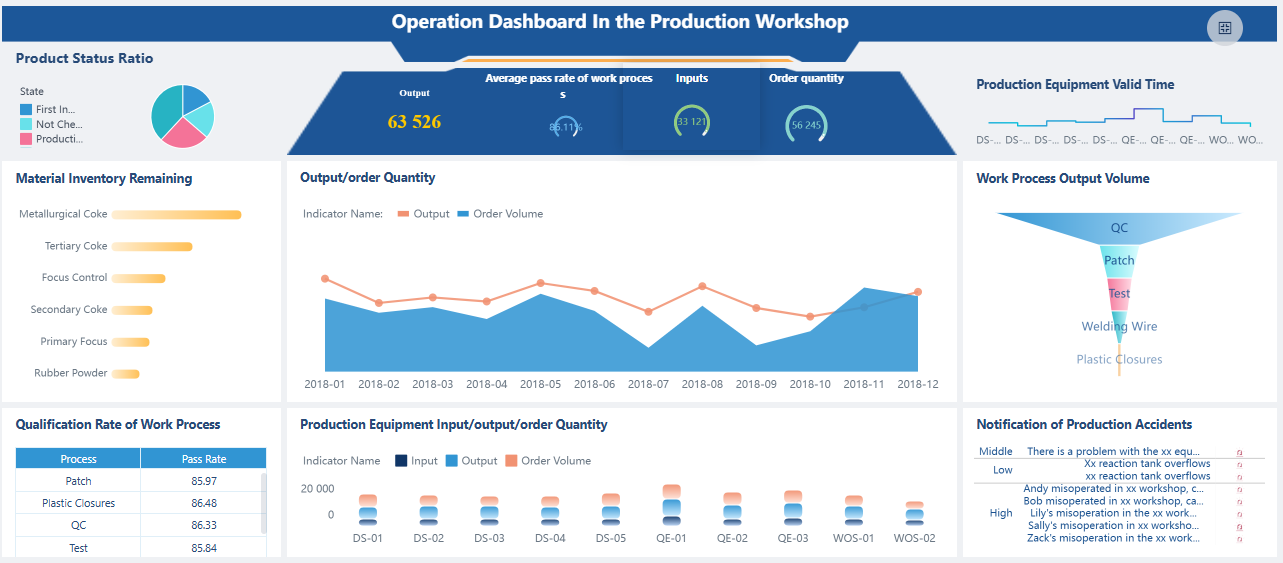
Finding Projects Without Experience for Your Data Analysis Portfolio
You might wonder how to build a data analyst portfolio if you do not have work experience. The good news is you can find plenty of public datasets and open challenges to get started. Here are some great sources for datasets:
- CDC Cause of Death: Explore health trends and demographics.
- Medicare Hospital Quality: Analyze hospital care quality and data cleaning.
- SEER Cancer Incidence: Dive into cancer statistics and trends.
- Bureau of Labor Statistics: Work with economic indicators and employment data.
- Kaggle Data: Access a wide range of datasets across many domains.
You can also join open-source data analysis challenges. These challenges give you practical experience and let you work with real-world data. When you participate, you show employers that you can handle real data analysis tasks. You also get a chance to showcase your analytical skills and make your data analyst portfolio more attractive.
If you want ideas for projects, try these:
- Customer churn prediction
- Sales forecasting with time series analysis
- Movie recommendation systems
- Fraud detection in financial transactions
- Sentiment analysis on product reviews
- HR analytics, like predicting employee attrition
- Real estate market analysis
- Traffic accident data analysis
- E-commerce inventory management
- Air quality monitoring and forecasting
You do not need a job to start building your data analyst portfolio. You just need curiosity and a willingness to learn.
Showcasing Skills in Your Data Analysis Portfolio
Your data analyst portfolio should highlight a wide range of skills. Employers look for more than just technical ability. They want to see how you think, solve problems, and communicate insights. Here are the top skills to showcase in your projects:
- Data processing: Show how you clean and prepare data for analysis.
- Quick insights: Find and explain key trends or anomalies.
- Basic business math: Use calculations to support your findings.
- Data visualizations: Create clear and compelling charts or graphs.
- Dashboards and reports: Build interactive dashboards, especially with FineBI.
- Data storytelling: Tell a story with your data, making it easy to understand.
- Critical thinking: Explain your reasoning and decision-making process.
- Problem solving: Tackle real-world challenges and deliver solutions.
- Domain expertise: Show knowledge in specific industries.
- Collaboration: Work with others or contribute to open-source projects.
You should also highlight your ability to use in-demand tools and technologies. These include SQL, Python (with libraries like Pandas and NumPy), machine learning techniques, and data visualization tools such as FineBI, Power BI, or Tableau. When you use FineBI, you can create interactive dashboards that make your insights stand out. This helps your data analyst portfolio shine and shows you can handle modern business intelligence tools.
When you select your projects, make sure each one demonstrates a different skill or tool. This approach helps you build a portfolio that is both deep and broad. You want recruiters to see that you can handle any data challenge they throw your way.
A great data analysis portfolio is not about the number of projects. It is about the quality, variety, and relevance of your work. Focus on projects that excite you, solve real problems, and show your growth as a data analyst.
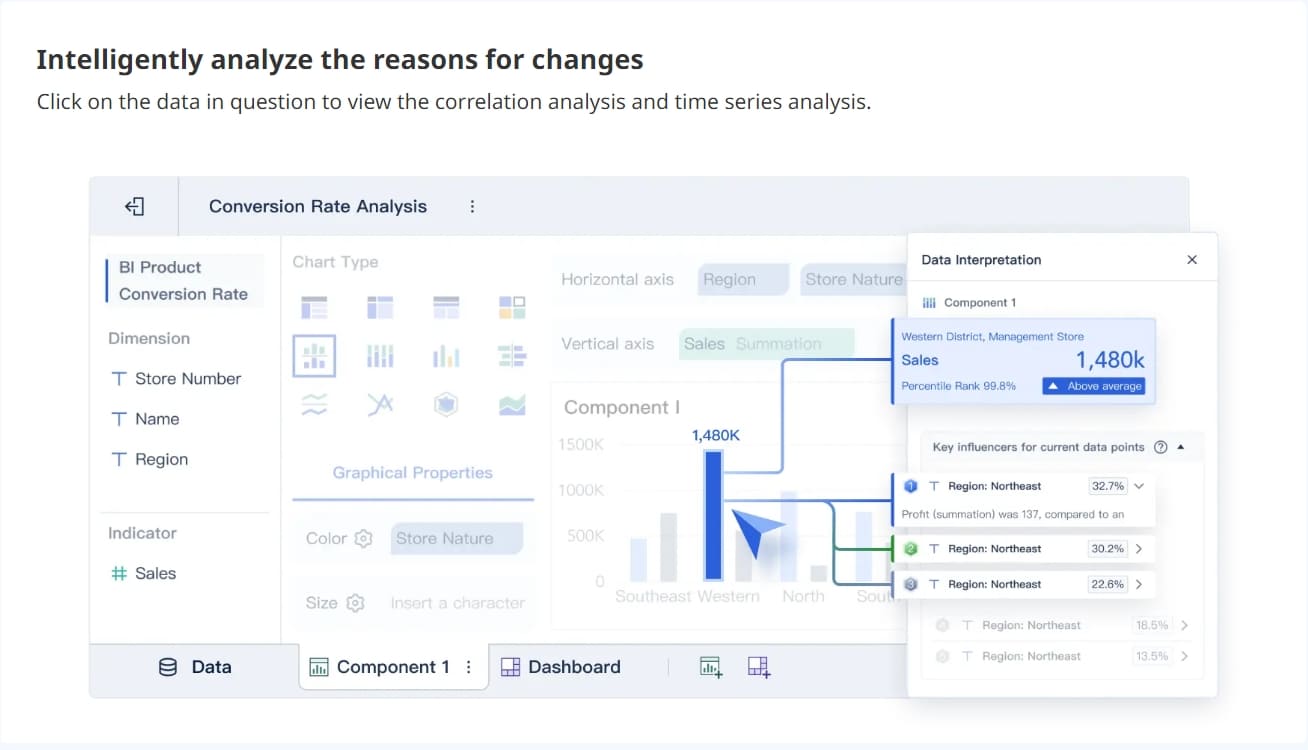
Data Analysis Portfolio: Create Project Pages in Your Portfolio

When you want your data analysis portfolio to stand out, you need to create detailed project pages for each of your projects. A well-structured project page demonstrates practical knowledge and helps recruiters or clients understand your skills and experience. Let’s break down how you can organize each page for maximum impact.
Project Context
Start every project page in your data analysis portfolio with a clear context. Explain the business problem or question you set out to solve. Share your objectives and the key performance indicators (KPIs) you aimed to influence. This sets the stage and shows why your project matters. When you provide context, you help your audience see the relevance of your work and how it fits into real-world scenarios.
A strong introduction gives readers a reason to care about your analysis and makes your data analyst portfolio more memorable.
Process and Methods
Next, walk through your process step by step. Describe how you collected and prepared the data. Outline the methods and tools you used, such as FineBI for building interactive dashboards. Highlight your approach to cleaning, transforming, and analyzing the data. Use an ordered list to keep things organized:
- Executive summary of your approach and key wins.
- Objectives and KPIs you targeted.
- Data findings, including trends and breakdowns.
- Analysis and insights—what the numbers mean.
- Recommendations for next steps.
- Appendix with charts or methodology notes if needed.
Clear explanations and visuals make your process easy to follow. This structure demonstrates your ability to communicate complex ideas simply, which employers value.
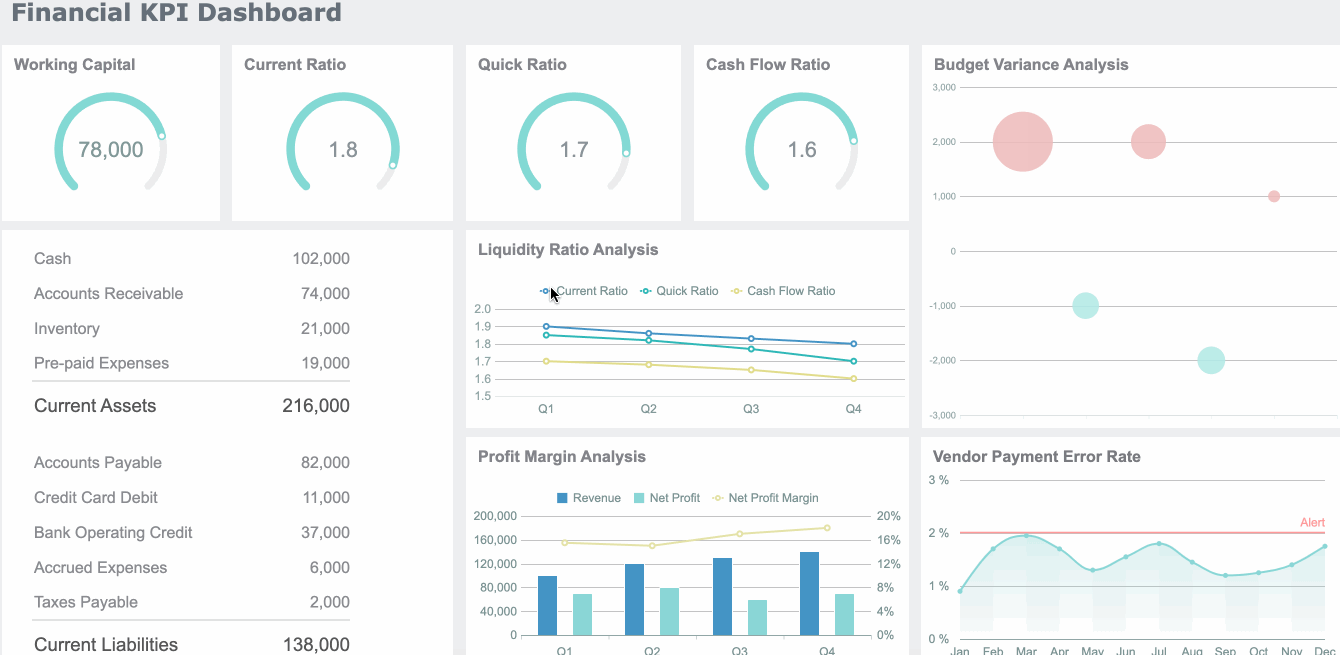
Results and Visuals
Showcase your results with visuals that tell a story. Use charts, graphs, and interactive dashboards created in FineBI to make your findings clear and engaging. Visual elements like color, typography, and interactivity help your audience explore the data and understand your insights. Here’s a quick table on why clear explanations and visuals matter:
| Evidence Type | Description |
|---|---|
| Transparency and Reproducibility | Clear documentation lets others follow your process and trust your results. |
| Clarity in Communication | Shows you can explain complex data insights simply. |
| Report and Visualization Details | Explains metrics and sources for better understanding. |
A well-designed project page in your portfolio demonstrates practical knowledge and shows you can deliver value with data. When you create detailed project pages, you prove you have the skills to solve real problems and communicate results effectively.
Data Analysis Portfolio: Finalize and Update Your Data Analyst Portfolio
About Me and Testimonials in Your Data Analyst Portfolio
Your data analysis portfolio should always include an About Me section. This is your chance to connect with employers and show who you are beyond your projects. Write a short biography that shares your background, your education, and what motivates you to work with data. Talk about your career goals and the areas of data analysis that excite you most. When you share personal details, you show your passion and help employers remember you.
Testimonials can add even more value to your portfolio. If you have worked with clients, classmates, or mentors, ask them for a short endorsement. These testimonials do a few important things:
- They give real-world proof of your impact and expertise.
- They build trust by validating your skills.
- They show you can turn data into insights that matter.
Review and Feedback for Your Data Analysis Portfolio
You want your data analysis portfolio to grow stronger over time. Regular feedback helps you spot areas to improve and keeps your work sharp. There are several ways to get feedback on your portfolio. Here is a quick table to help you choose the best method:
| Method | Pros | Cons |
|---|---|---|
| One-on-One Interviews | In-depth exploration of feedback, rich insights, and clarification. | Time-consuming to conduct, especially for individuals with other tasks. |
| Design Critiques | Feedback from multiple perspectives, fosters discussion. | Requires access to critique groups, feedback may be less personalized. |
| Usability Testing | Direct observation of user interaction, identifying usability issues. | Requires access to users, may involve significant setup time. |
| Surveys | Gathers feedback from a larger audience, providing diverse perspectives. | Responses may lack depth, crafting effective questions can be challenging. |
| Mentorship from Adplist | Guidance from experienced mentors with varying expertise. | Availability of mentors may vary, scheduling may require coordination. |
Try a mix of these methods to get both broad and deep feedback. Each review helps you see your portfolio from a new angle.
Keep Projects Updated in Your Data Analysis Portfolio
A great data analysis portfolio never stands still. You should update your projects as you learn new skills or finish new work. Keeping your portfolio current shows employers that you care about growth and that you stay active in the field. When you add new projects, especially those built with FineBI, you show that you can use the latest tools and handle different types of data.
Keeping your portfolio fresh brings long-term benefits:
- You highlight your best work and boost your chances of getting hired.
- You show a wide range of skills and tools, making you stand out in the job market.
- You give clear proof of your process and insights, which can help you move up in your career.
Continuous learning is key. Every time you finish a new project or master a new tool, add it to your data analysis portfolio. This habit keeps your portfolio strong and helps you stay ready for new opportunities.
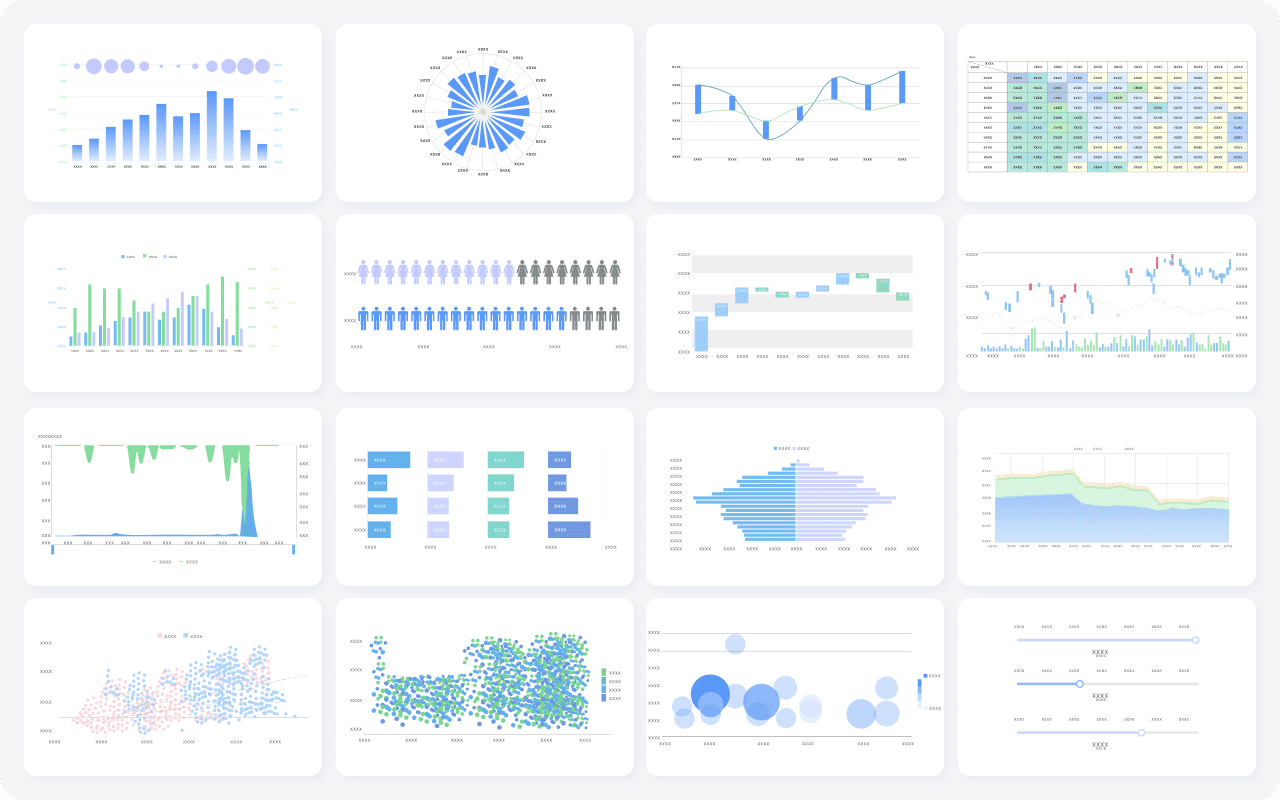
You can build a data analysis portfolio from scratch by following a few clear steps:
- Define your goals and audience.
- Choose a platform that fits your needs.
- Select projects that show a range of skills.
- Create detailed project pages with context and results.
- Share technical details and get feedback.
- Update your portfolio often to show growth.
You do not need prior experience to start. Use public datasets, join competitions, or volunteer for real-world projects. When you showcase your unique skills and keep your data analysis portfolio fresh, you stand out in the field. Start today and let your work speak for you.
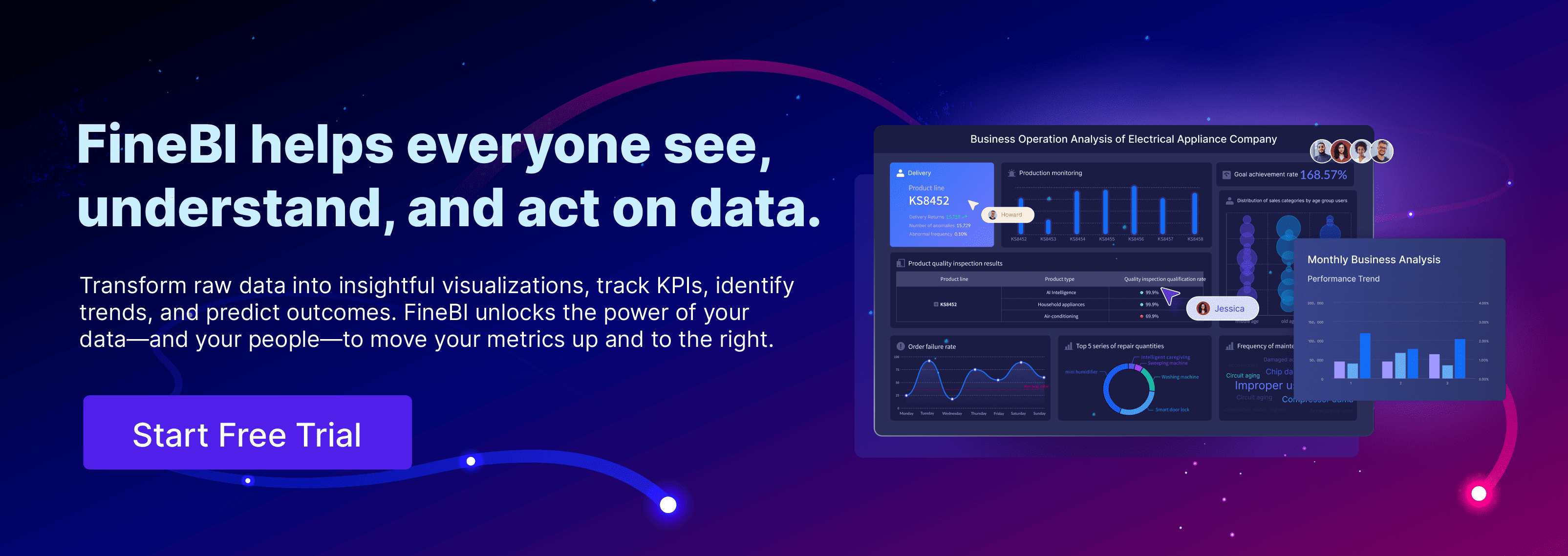
Continue Reading About Data Analysis Portfolio
How to Do Retention Analysis for Business Success
What is Pareto Chart and How Does it Work
How DuPont Analysis Helps You Understand Your Business
FAQ

The Author
Lewis
Senior Data Analyst at FanRuan
Related Articles

11 Best Tools for Research Analysis for Academics
Compare the 11 best tools for research analysis to boost academic and professional research efficiency, data management, and collaboration.
Lewis
Dec 11, 2025

10 Best Market Research Data Analysis Tools to Try This Year
See the top 10 market research data analysis tools to boost insights, streamline workflows, and make smarter business decisions this year.
Lewis
Dec 11, 2025
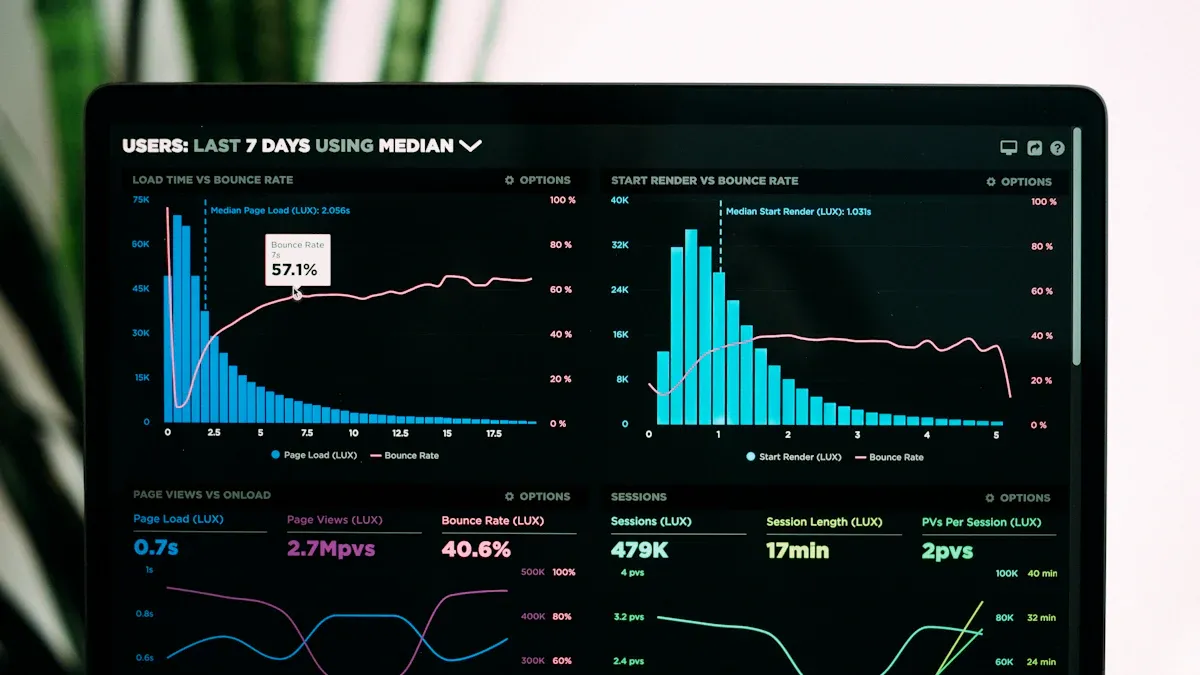
Top Financial Data Analysis Tools You Should Know
Compare top financial data analysis tools to boost accuracy, automate reporting, and empower your finance team with real-time business insights.
Lewis
Dec 11, 2025



